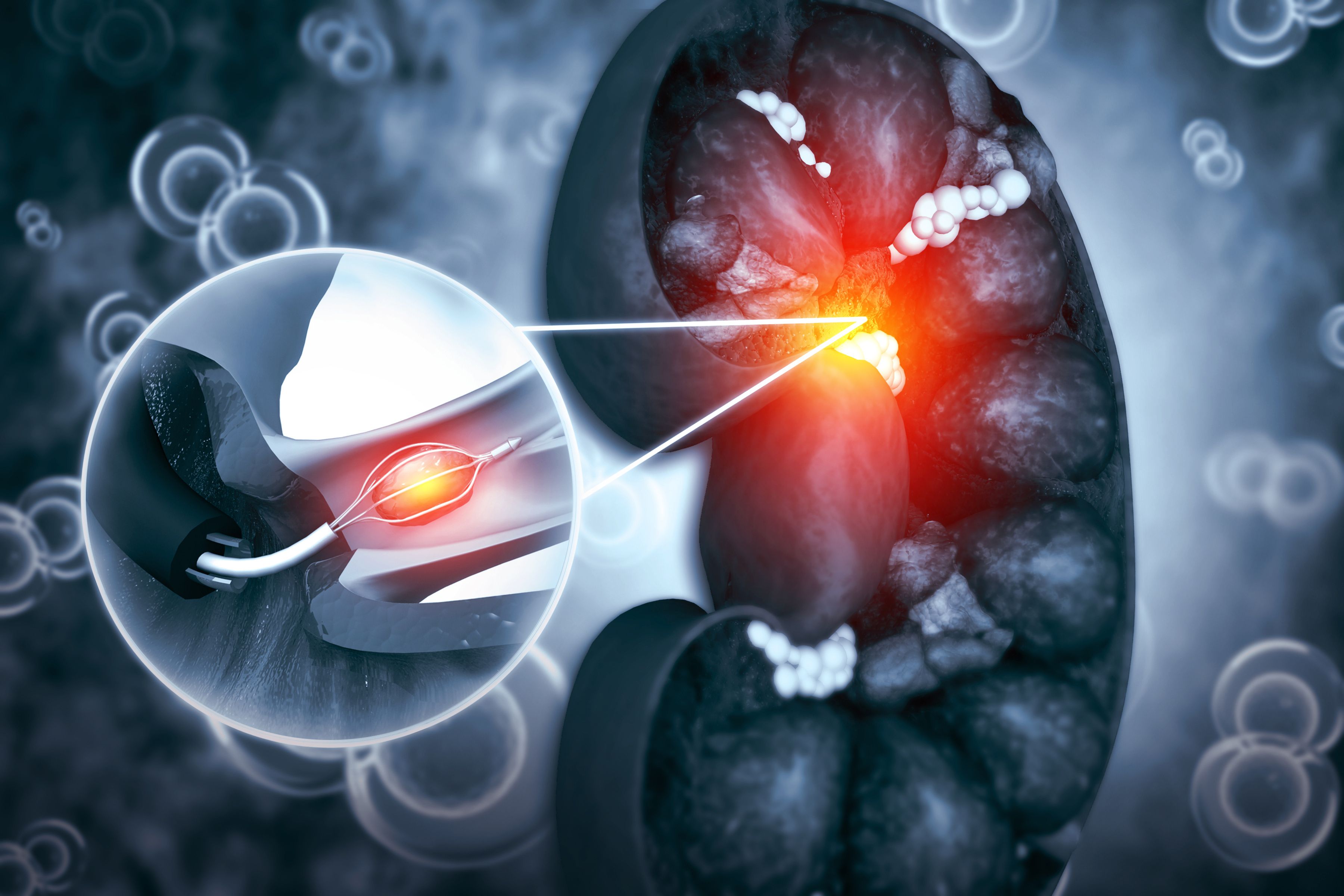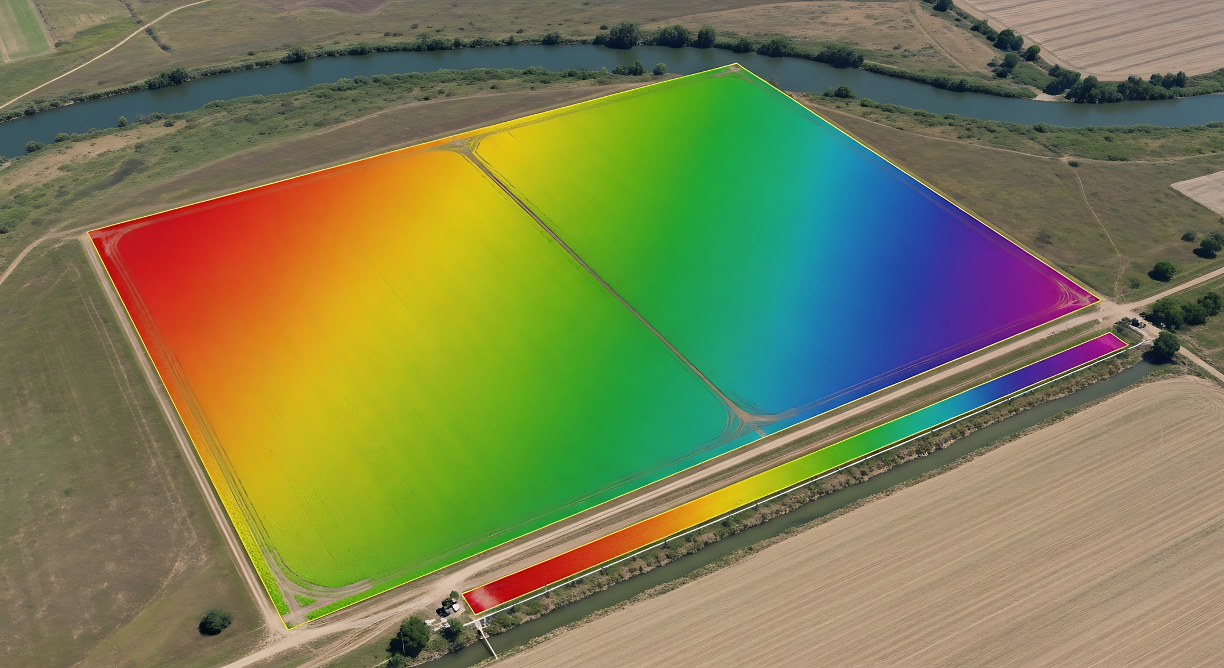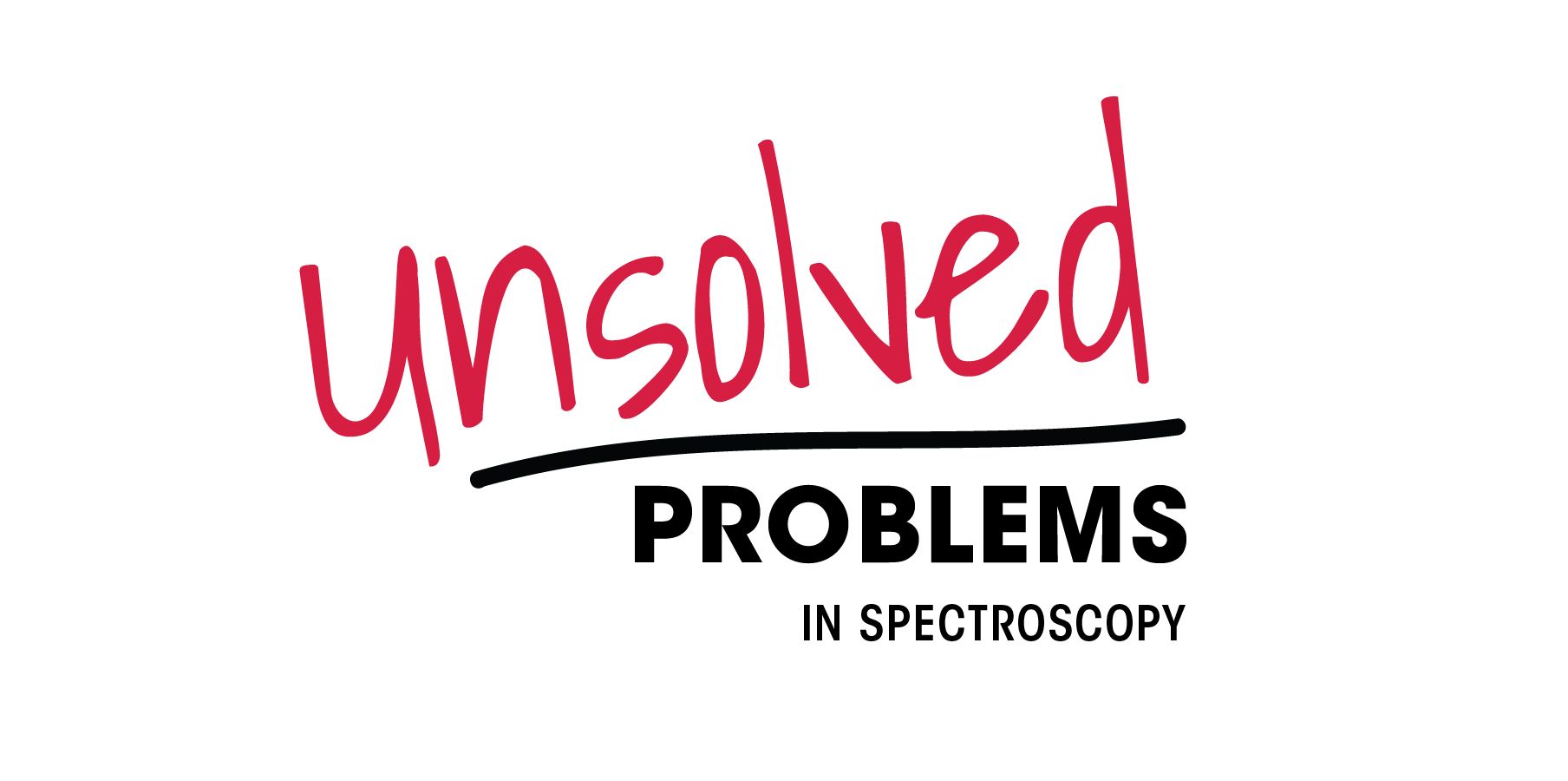Blog
Event
Pittcon 2024: Using Artificial Intelligence for Tumor Removal
Author(s):
On February 25, Juergen Popp of the Leibniz Institute of Photonic Technology held a presentation at Pittcon in San Diego, California about how artificial intelligence (AI) can aid scientists in the tumor removal processes.
Extended Endoscopic removal of stones from the kidneys and ureter. 3d illustration | Image Credit: © Crystal light - stock.adobe.com

Intraoperative tumor resection is a commonly used tumor removal process that is supported by different examinations of said tumor, whether it be endoscopic, microscopic, or robotic-assisted examination. However, this approach does not enable precise tumor border definition, which can lead to incomplete removals and put patients at risk. According to Popp, biophotonic imaging can help to address this issue, since it can help provide morphological and molecular information on tumors. As part of this study, Popp and his team investigated how novel multimodal label-free spectroscopic instrumentation worked in combination with different AI approaches. The imaging technology was used to visualize tissue morphology and molecular structures, while AI-based image analysis approaches was used to automatically analyze the multimodal images into diagnostic information.
According to Popp, taking full advantage of these imaging approaches would involve implementing spectroscopic-guided femtosecond ablation, using it to seek and treat tumors (1). To this end, the scientists will soon introduce a nonlinear microendoscope that can ablate biological tissue with femtosecond lasers. AI approaches combined with fs-laser ablations will interact will open new ways for intraoperative and histopathological tumor analysis and selective removals, Popp said.
Reference
(1) Popp, J. Artificial Intelligence Driven Multimodal Imaging for Tumor Diagnosis and Therapy. Pittcon and The Pittsburgh Conference on Analytical Chemistry and Applied Spectroscopy, Inc. 2024. https://labscievents.pittcon.org/event/pittcon-2024/planning/UGxhbm5pbmdfMTc3MjMzOQ== (accessed 2024-2-21)
Newsletter
Get essential updates on the latest spectroscopy technologies, regulatory standards, and best practices—subscribe today to Spectroscopy.





